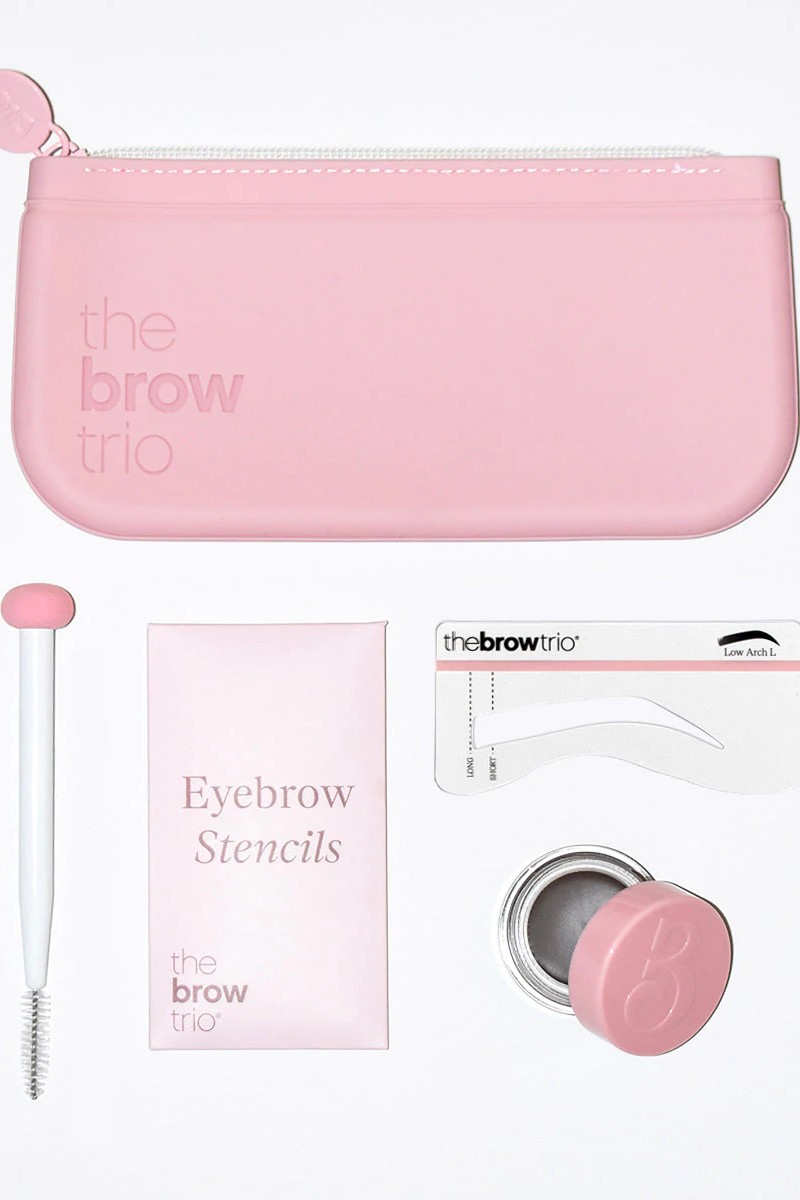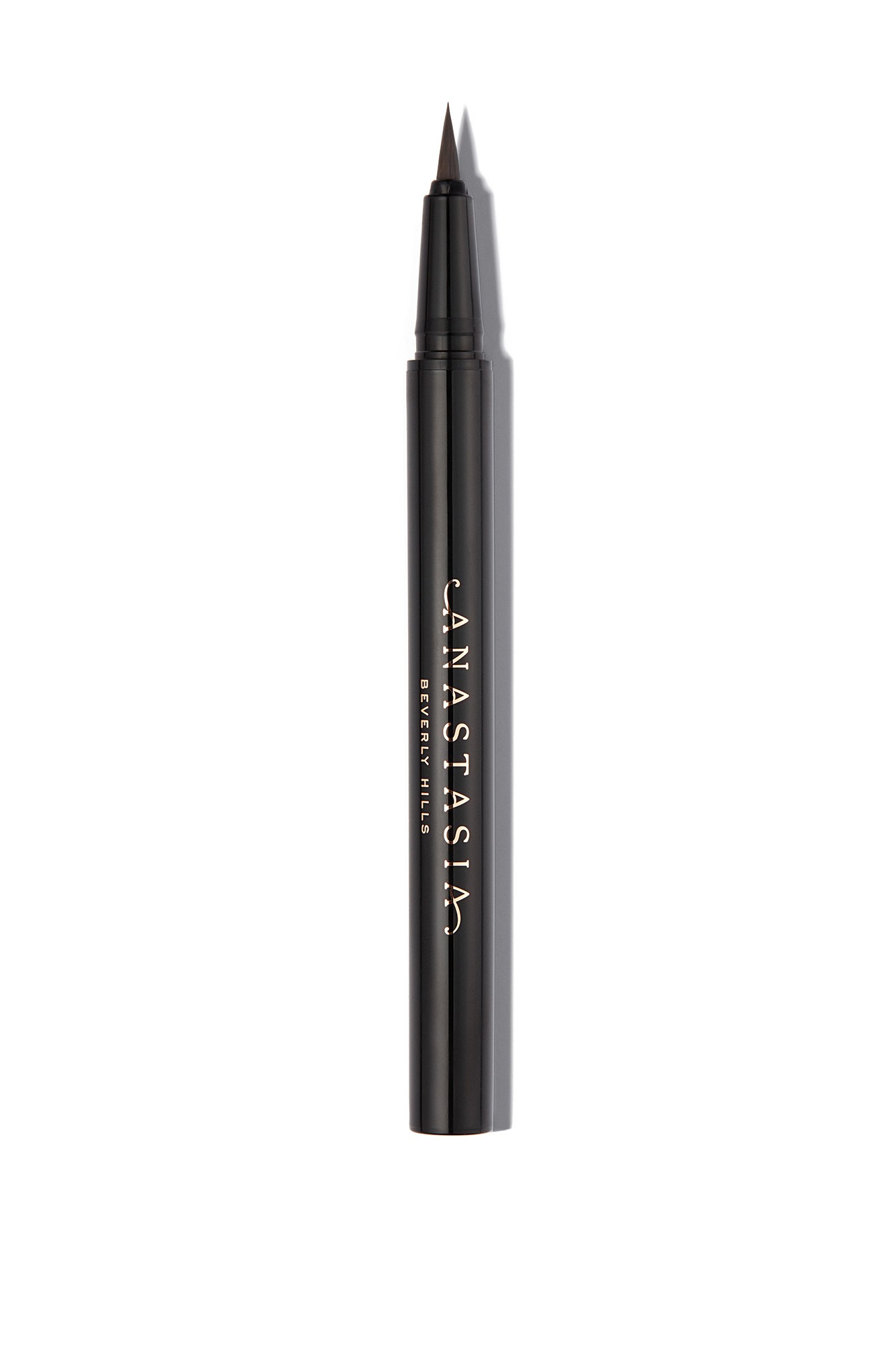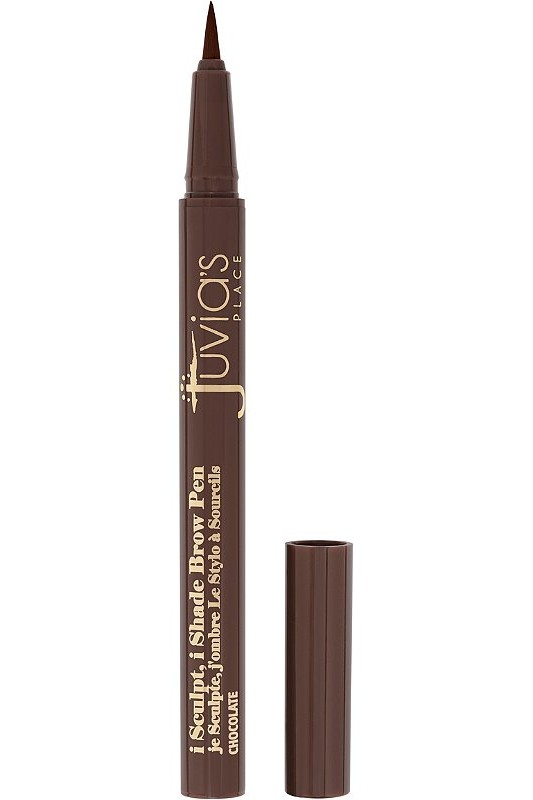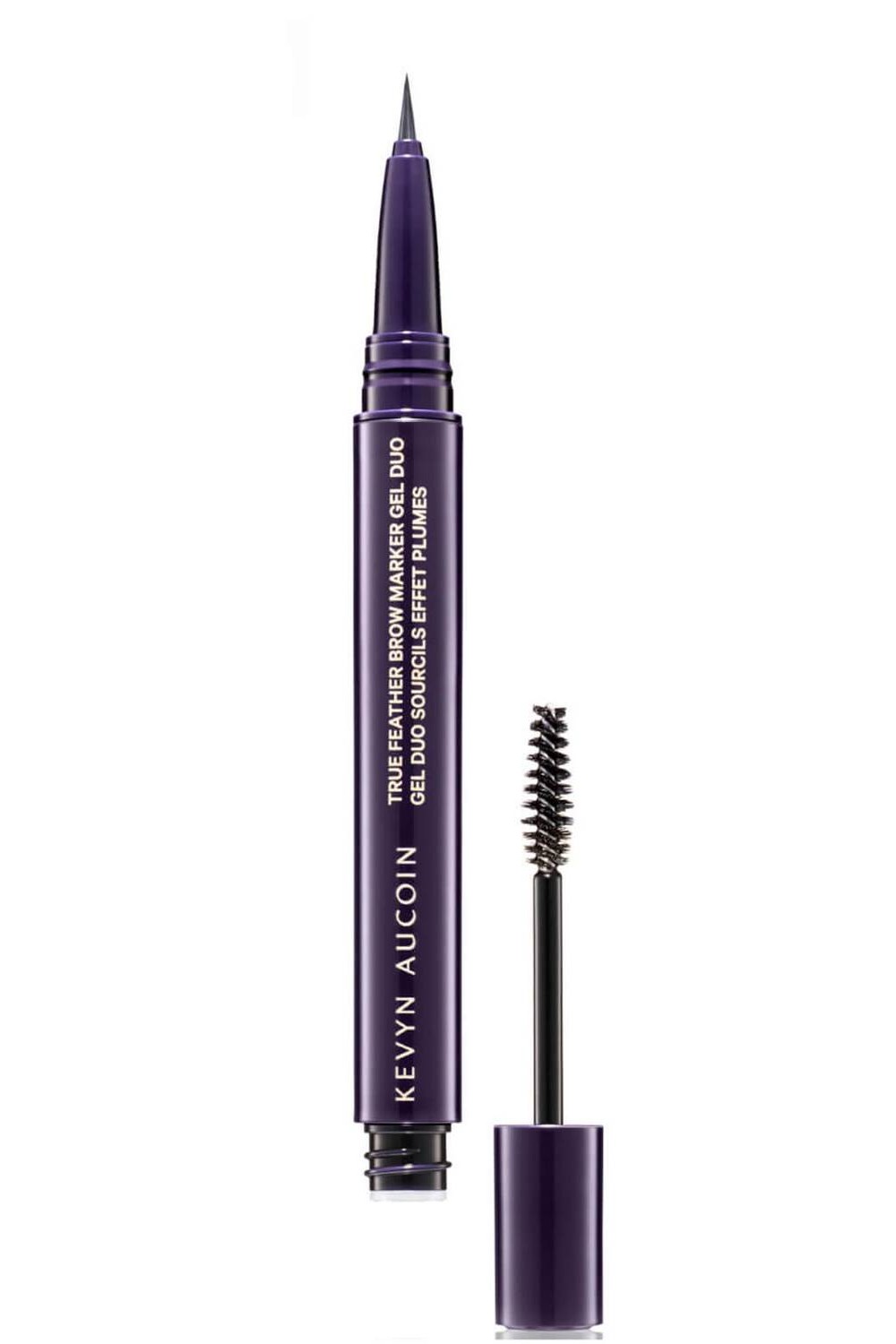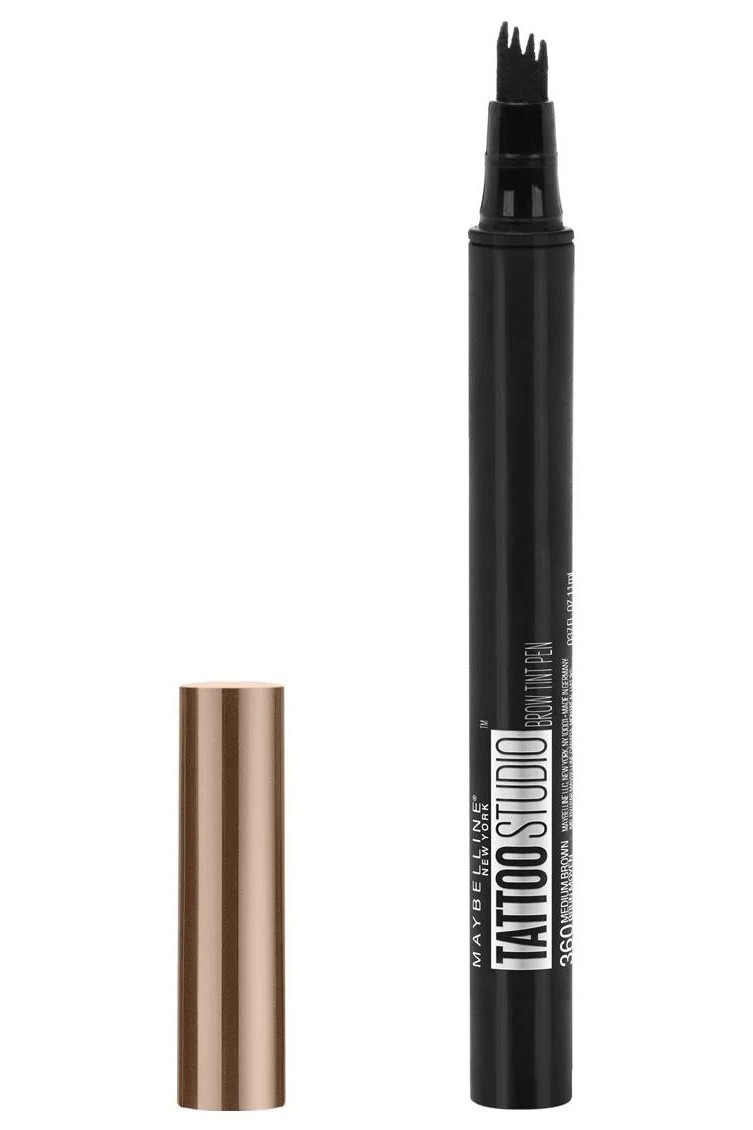Brow Microblading: What You Should Know, According to Experts
We're breaking down the cost, the post-care, and more.
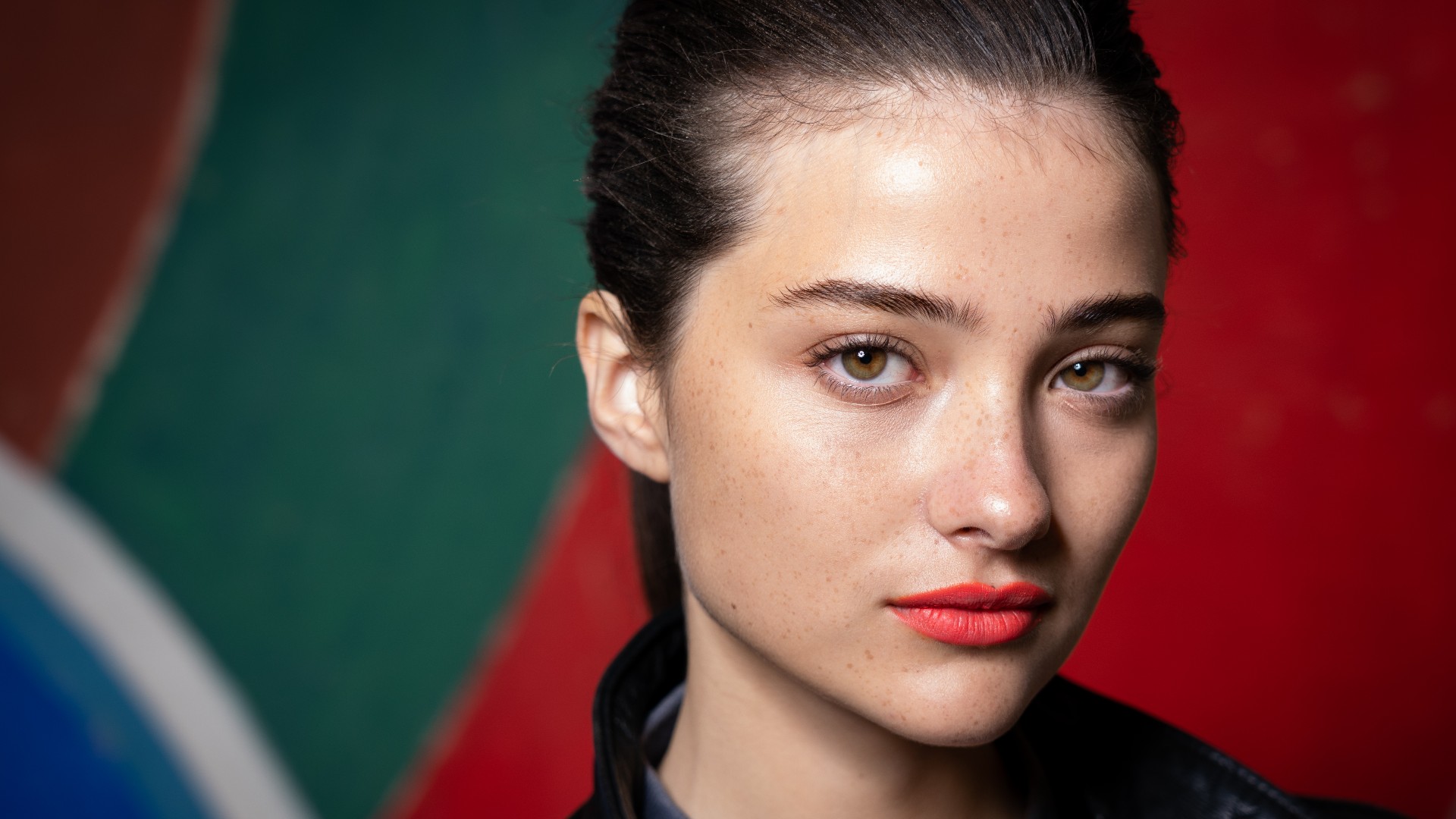
- What Is Microblading?
- Am I a Candidate for Microblading?
- What to Expect During a Microblading Appointment
- Does Microblading Hurt?
- How Long Does Microblading Last?
- How Much Does Microblading Cost?
- How Do I Prep My Skin Before Microblading?
- What's Recovery Like After Microblading?
- How Can I Make Microblading Last Longer?
- What If My Eyebrows Look Too Dark?
- Alternatives to Microblading

You get your eyebrows trimmed on the regular and have dozens of the best brow pencils, gels, and pomades at the ready. And yet, your arch is never quite right and there’s that annoying spot at the tail that refuses to grow hair back. That’s where microblading, a form of cosmetic tattooing, comes into play. “This technique uses a handheld tool consisting of multiple fine needles to create the look of realistic hair strokes,” explains Shaughnessy Otsuji, the founder of Studio Sashiko. “It’s meant to mimic natural eyebrow hairs.”
The payoff can be a game changer. Seriously, think about how much time you could save by never, ever having to fill in your eyebrows again (!!!). But that being said, it’s important to manage expectations about the treatment before signing yourself up. Not only can the semi-permanent tattoo process cost a pretty penny, but there’s also the chance you end up in a committed relationship with a brow shape or tone you’re not head-over-heels with. To help us break down every little detail you need to know before microblading—from pain expectation to appointment time—we tapped some of the best brow experts in the business. Keep reading for our *very* detailed debrief.
What Is Microblading?
The simple answer is that microblading is a technique that offers a semi-permanent makeover for your eyebrows. Unlike a traditional tattoo however, the needle used in the process doesn’t penetrate deep into the skin. While typical ink enters the dermis, the middle layer of the skin, the tool used for microblading only penetrates the epidermis, which is the top layer of the skin. “This means that microblading will fade over time due to exfoliation, sun exposure, face washing, and everyday life,” says Briana Olson, brow expert and founder of Brow Trio.
Am I a Candidate for Microblading?
Good news: microblading works on all skin types and tones. So whether you have faint, blonde hair you want to make darker or barely any eyebrow hair to begin with, it’s something you might want to consider. While the treatment is fair game for everybody, the end result will vary from person to person. “Dry to normal skin types will generally receive the best results, while oily and textured skin types may result in a softer, more diffused effect,” explains Otsuji.
“It is important to note that microblading should not be done on those who are currently pregnant, nursing, on Accutane, or taking any blood-thinning medications. It’s always best to check with a medical professional if you are unsure if microblading will work for you,” she adds.
What to Expect During a Microblading Appointment
You should set aside around two to two and a half hours for your first microblading appointment. While every provider will have a slightly different approach, Otsuji explains that you can expect a chunk of this time to be spent discussing your end goals. “Your artist will work closely with you to design your ideal eyebrow shape and choose a pigment color that suits your hair and skin color best,” she says. “Although not necessary, it’s always helpful to bring in some inspo pictures or photos of how you normally like to fill in your brows.”
Olson agrees, adding that she urges her clients to wear their typical eyebrow makeup to the appointment, so she can get a gauge of the type of brow her client desires and ensure that everyone is on the same page. (The makeup will be removed prior to the treatment.)
Get exclusive access to fashion and beauty trends, hot-off-the-press celebrity news, and more.
Does Microblading Hurt?
“It should not hurt, but the sound may be a little strange,” Olson explains. “I tell my clients that the sound should be like velcro—this means that we are hitting the right depth of the skin for the best result." While there can be “mild discomfort” during the process, it will be minimized thanks to the use of a topical numbing agent such as Zensa, according to Otsuji.
How Long Does Microblading Last?
There’s no hard and fast answer for this one: it’s going to vary person to person. “Oily skin may fade faster than dry skin due to the fact that oily skin has a faster rate of skin cell turnover and higher moisture production,” Otsuji explains. “On average, brow tattoos can last anywhere from one to five years with regular maintenance.”
The type of ink and depth the needle penetrates the skin also weighs heavily into the equation. “Some are designed to fade and lighten gradually, while others are considered more stable and longer lasting. These longer-lasting inks should be used by experienced artists only,” Otsuji says. “The deeper into the skin the ink is implanted, the longer it may last, although going too deep can result in blurring and ‘bleeding’ of the ink.”
The key takeaway here is that you’ll be locked in with your microbladed brows for *at least* one year, so don’t take your decision lightly and make sure to do your research on cosmetic tattoo artists.
How Much Does Microblading Cost?
Location is obviously going to play a huge role when it comes to price point, but generally speaking, brow tattoo services will range from around $500 to $1,500. Otsuji adds that pricing will also vary depending on the technique, the artist’s expertise, and experience. Following the original appointment, you can expect upkeep or maintenance appointments to come in at a reduced rate.
How Do I Prep My Skin Before Microblading?
This is a big one, so listen up. There’s a handful of changes you’ll need to make to your skincare routine before your appointment. “Avoiding retinol, salicylic acid, benzoyl peroxide, glycolic acid, and any other exfoliating products 14 days prior to your appointment will ensure that your pigment lasts,” says Olson. Otsuji also asks her clients to avoid sun exposure for two weeks ahead of the appointment so they don’t risk a sunburn, which will translate to peeling and more discomfort during the healing process.
What's Recovery Like After Microblading?
You’ll be able to leave your appointment and go about your day as per usual, but Otsuji says you should “expect some minor redness or swelling for the first day or two as your skin begins the healing process.” You also might notice some peeling and flaking start to kick in around days three through seven—it’s totally normal, but *please* don’t peel off the skin.
While recovery isn’t going to be anything painful, there are a few activities to avoid post-treatment to steer clear of scabbing, scarring, and irritation. “Sweating, swimming, sun exposure, and facial products in the brow area should be avoided for the full healing process,” Otsuji says. “We recommend keeping your fresh brows clean by regularly blotting the area with a damp paper towel or sterile water wipe, and then gently patting dry afterwards. This will help remove any excess build up of pigment or oil to reduce the amount of scabbing that occurs.”
How Can I Make Microblading Last Longer?
Thrilled with your results and want to lock it in for years to come? There’s a few tips and tricks from the pros that will make your microblading fade at a slower rate. First and foremost: SPF. “We advise clients to use sunscreen as well as to wear a hat whenever in the sun to protect your brows from harsh UV rays that can fade the tattoo faster,” says Otsuji. One sunscreen we love for post-microblading care is the Mad Rabbit Defend SPF 30 Tattoo Sunscreen, which is a mineral formula packed with moisturizing ingredients like aloe vera.
Olson adds that follow-up appointments are key. “I have my clients come back yearly for a touch up, which is when the results start to show fading.”
What If My Eyebrows Look Too Dark?
This is the big downside of microblading. If you’re unhappy with your results, you're stuck with them. There are a few options to help fade the tattoo, but they will still take time and money. “The quickest and most effective form of tattoo removal is laser. The downtime with laser tattoo removal is minimal as the skin is not being broken during this service,” Otsuji explains. While the results can be phenomenal, the amount of sessions an individual will need depends on the amount of ink saturation in the eyebrows.
“There are other lightening techniques that include tattooing a saline solution into the eyebrow area to pull the underlying pigment to the surface, but this can take many additional sessions and can cause excessive damage to the skin,” she adds. Another option? Working with your dermatologist to incorporate a chemical exfoliant or a retinol into your routine to help speed up cell turnover, and as a result, tattoo fading.
Alternatives to Microblading
If microblading is too much of a commitment (be it the time, money, or permanence) or simply doesn’t sound right for you, there are a few other options to consider that will still give your eyebrows a makeover. Eyebrow microshading, for example, is another cosmetic tattoo that gives a powdered or ombré appearance, according to Olson. It resembles the look of eyebrow makeup as opposed to natural hair strokes. It does however still last for years. For a shorter term commitment, eyebrow tinting might be the way to go. It lasts around a month and helps define, shape, and darken the brows.
Of course, there’s still a handful of amazing eyebrow products on the market that can help you achieve the microbladed eyebrow effect without ever stepping foot in a tattoo studio. Keep scrolling for some of our favorites.

Samantha Holender is the Senior Beauty Editor at Marie Claire, where she reports on the best new launches, dives into the science behind skincare, and shares the breakdown on the latest and greatest trends in the beauty space. She's studied up on every ingredient you'll find on INCI list and is constantly in search of the world's glowiest makeup products. She's constantly tracking the biggest nail and hair trends to pop up in the beauty space, going backstage during fashion weeks, tracking celebrity looks, and constantly talking to celebrity hair stylists, nail artists, and makeup artists. Prior to joining the team, she worked as Us Weekly’s Beauty and Style Editor, where she stayed on the pulse of pop culture and broke down celebrity beauty routines, hair transformations, and red carpet looks. Her words have also appeared on Popsugar, Makeup.com, Skincare.com, Delish.com, and Philadelphia Wedding. Samantha also serves as a board member for the American Society of Magazine Editors (ASME). She first joined the organization in 2018, when she worked as an editorial intern at Food Network Magazine and Pioneer Woman Magazine. Samantha has a degree in Journalism and Mass Communications from The George Washington University’s School of Media and Public Affairs. While at GWU, she was a founding member of the school’s HerCampus chapter and served as its President for four years. When she’s not deep in the beauty closet or swatching eyeshadows, you can find her obsessing over Real Housewives and all things Bravo. Keep up with her on Instagram @samholender.
